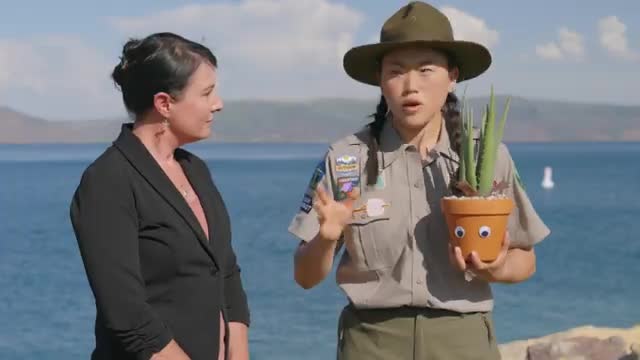Bear Lake Monster sighting legend traced back to 1868 report
April 11, 2025 | Utah Office of Tourism, Utah Government Divisions, Utah Legislative Branch, Utah
Thanks to Excel Chiropractic and Scribe from Workplace AI , all articles about Utah are free for you to enjoy throughout 2025!

This article was created by AI using a video recording of the meeting. It summarizes the key points discussed, but for full details and context, please refer to the video of the full meeting. Link to Full Meeting
The discussion began with an exploration of the Bear Lake Monster, which first gained notoriety in 1868 through a report by Joseph C. Rich for the Deseret News. Rich's account, although later admitted to be fabricated, sparked ongoing local interest and sightings of the creature, particularly among the Shoshone population. The conversation highlighted the nature of legends, emphasizing that they thrive in the ambiguity between belief and disbelief.
Participants noted that Bear Lake offers various recreational activities beyond its legendary status, including swimming, boating, kayaking, and biking. The Bear Lake Monster Winterfest was also mentioned, featuring events like a polar plunge and a regatta, where participants create boats resembling the monster.
The meeting then shifted to Allen Park in Salt Lake City, where the whimsical nickname "Hobbitville" has emerged. Originally established in the 1930s by Dr. George Allen, the park was home to various animals and has become a site of local folklore, with tales of hobbits or little people living among its rustic structures. The park remains open to the public daily, inviting visitors to enjoy its unique atmosphere and look for peacocks and artistic installations.
In conclusion, the meeting underscored the importance of these legends in Utah's cultural landscape, illustrating how they foster community engagement and tourism while providing a rich tapestry of local history and folklore. Future discussions may delve deeper into the impact of these narratives on Utah's identity and tourism strategies.
Converted from Only In Utah: Myths & Legends meeting on April 11, 2025
Link to Full Meeting
Comments
View full meeting
This article is based on a recent meeting—watch the full video and explore the complete transcript for deeper insights into the discussion.
View full meeting
